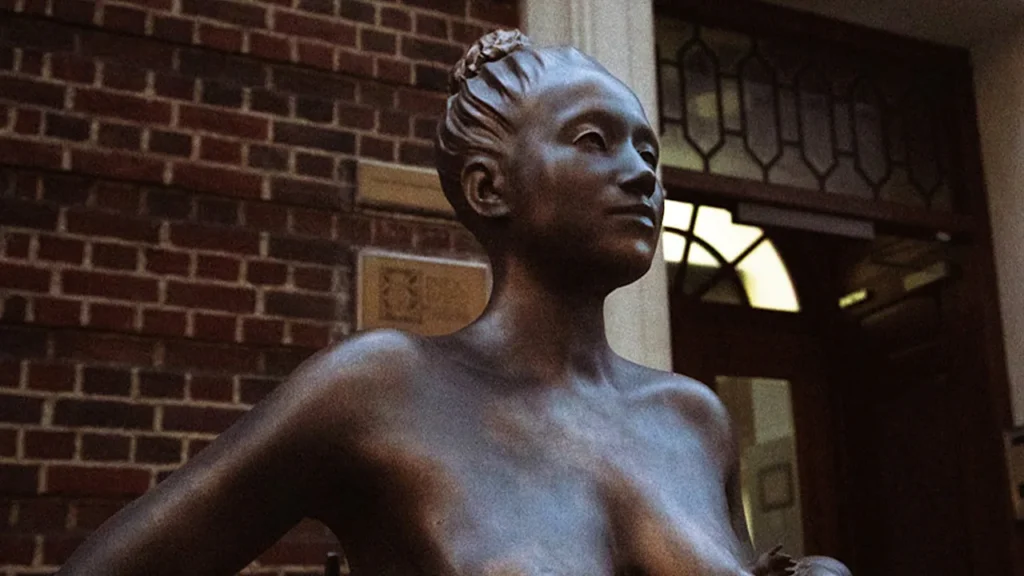
Hours after Princess Diana gave birth, she walked out onto the steps of the Lindo Wing, the private maternity ward of St. Mary’s Hospital in London, where she was met with photographers from around the world. As she introduced Prince William, then a couple years later, Prince Harry, she looked radiant, with flawless makeup and flowing gowns. It was a portrait of maternal serenity.
It’s a beautiful image, one that captures many magical aspects the hours after giving birth. But it is far from the full picture for the roughly 140 million women who enter postpartum every year. It likely did not even capture what Diana herself was feeling on those steps. “There’s a duality in those moments,” says Chelsea Hirschhorn, founder and CEO of Frida, a company that makes products for postpartum mothers and newborns. “You’re proud of what you’ve just accomplished and excited to enter this next chapter of life. But you’re exhausted, broken, hurting, and in pain.”
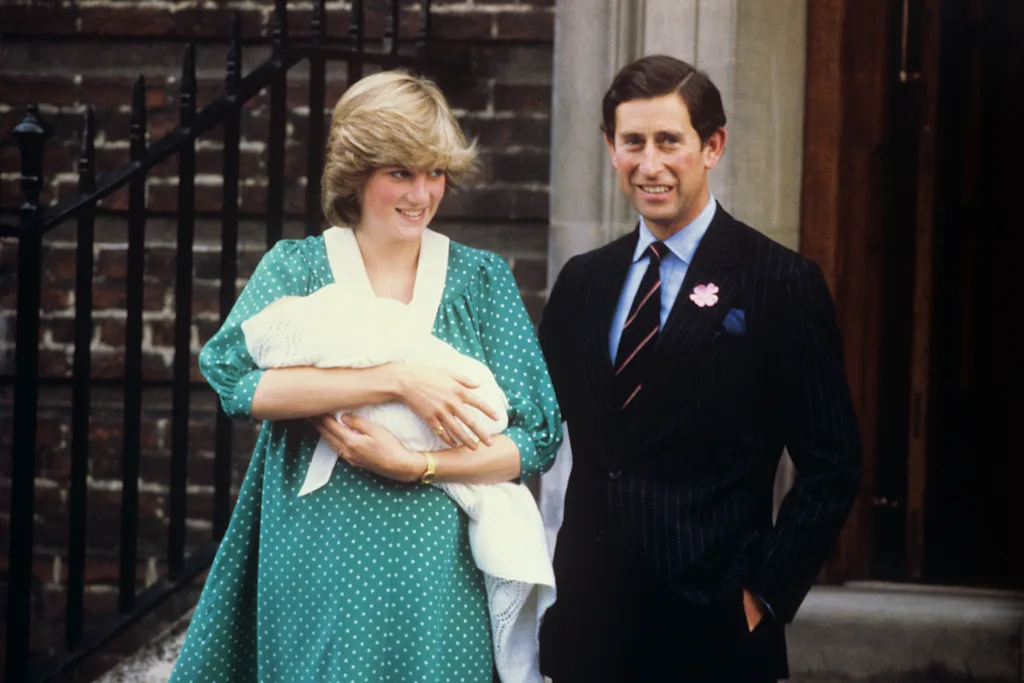
Today, at the Lindo Wing, Frida unveils a sculpture it has commissioned by the British artist Rayvenn Shaleigha D’Clark that portrays a postpartum woman. Hirschhorn’s goal was to capture the complexity of women’s experience after giving birth, complicating the sanitized image the world has come to expect in this setting. The seven-foot-tall monument, entitled “Mother Vérité” (French for “truth”) is based on 3D scans of eight women from diverse backgrounds, and aims to realistically capture scars, swelling, and curves. The statue will travel around Europe and the United States over the next months, ending up at Art Basel, Miami in December.
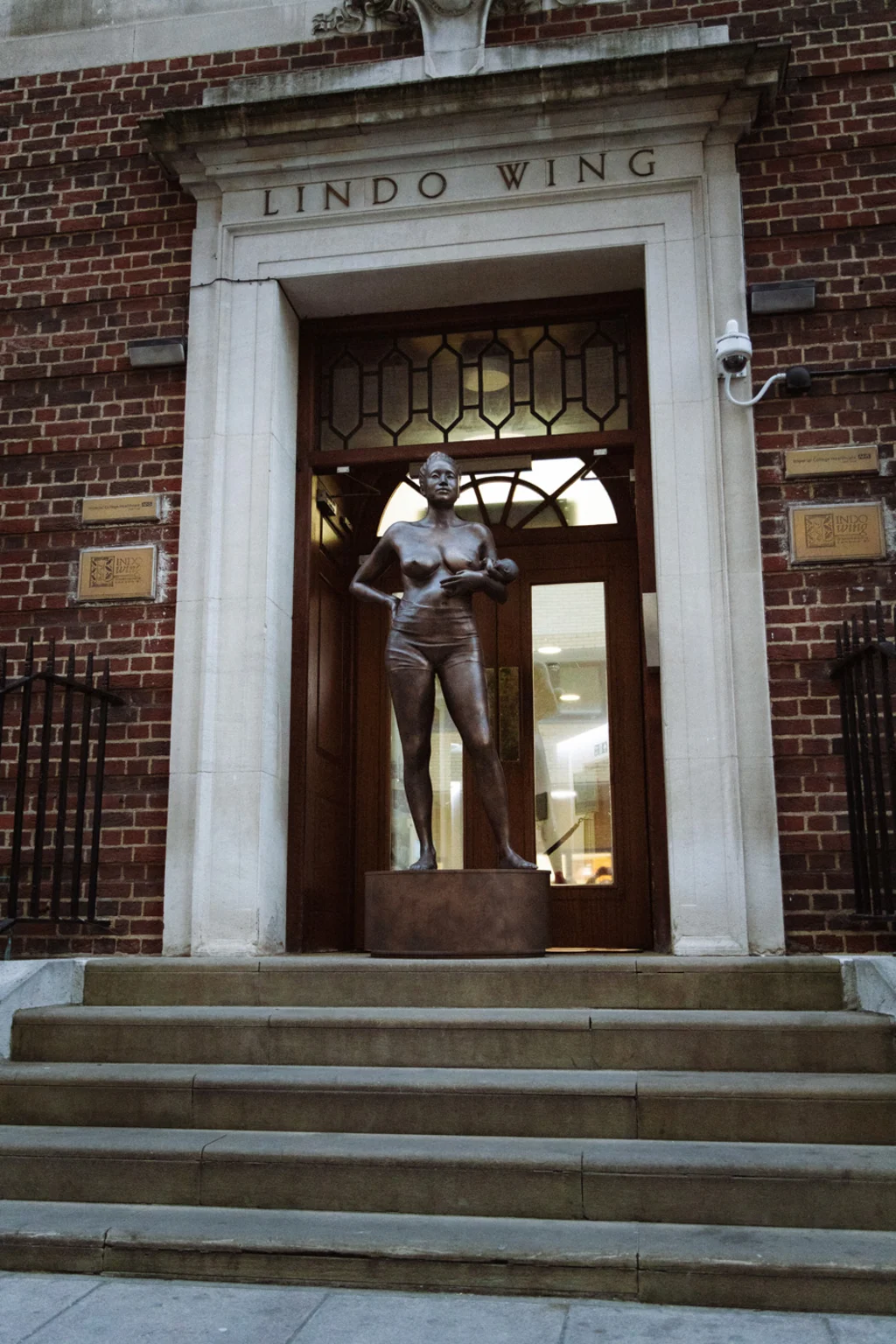
Over the last few years, Frida has pivoted from a brand that creates products for newborns (like snot suckers for their stuffed noses) to solutions for postpartum women (like kits that reduce swelling when mammary glands get infected). Hirschhorn believes that many companies avoid tackling postpartum problems because they seem so taboo and unglamorous. So she’s been on a mission to help demystify the experience by starting cultural conversations about it.
In 2019, Hirschhorn wrote an open letter to Meghan Markle in the New York Times, asking her to skip the traditional postpartum photo, delineating all the painful experiences women face after giving birth. In the end, after the birth of her firstborn son Archie, she did do a photo, but notably wore a dress that revealed her protruding postpartum belly, a move that Vanity Fair called subtly radical.
Hirschhorn was eager to continue the conversation, and it occurred to her that a public monument of a postpartum woman could be a way to tell this story. Only 4% of statues in London depict women, according to a study by the organization Art U.K. Meanwhile, 8% depict animals, while 79% depict men. “You can only honor what you can see,” says Hirschhorn. “How can we value the work that women, and mothers do, if it is truly invisible to society?”
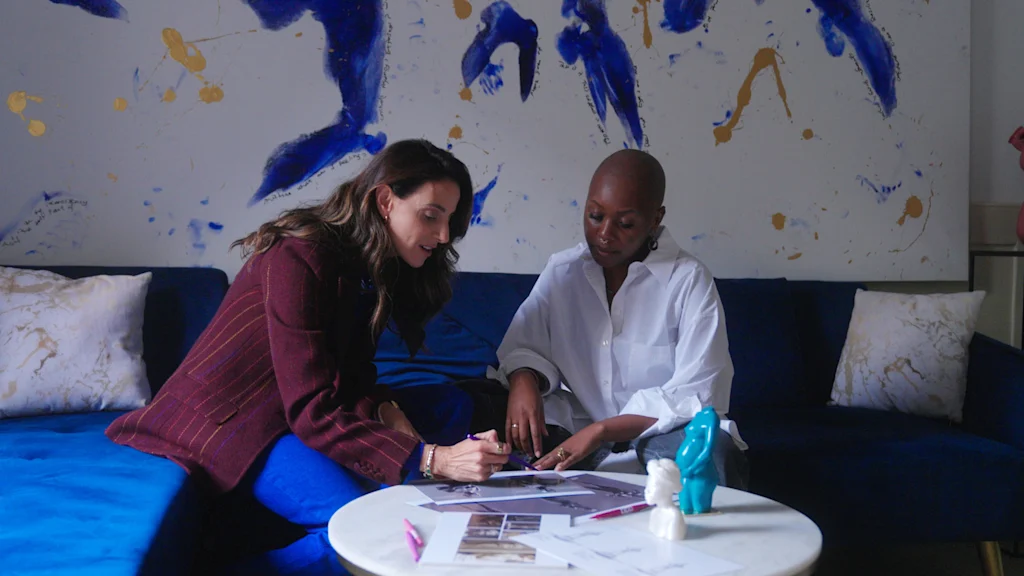
Hirschhorn commissioned the monument from D’Clark, a well-known digital sculptor whose work has been shown at the Victoria & Albert Museum and the Saatchi Gallery. D’Clark used 3D scanning machines to capture the bodies of eight women at different stages of their postpartum journey. The final sculpture, which took roughly two months to create, portrays a woman cradling her newborn and wearing nothing but postpartum underwear. Her belly is covered in stretch marks and bulges.
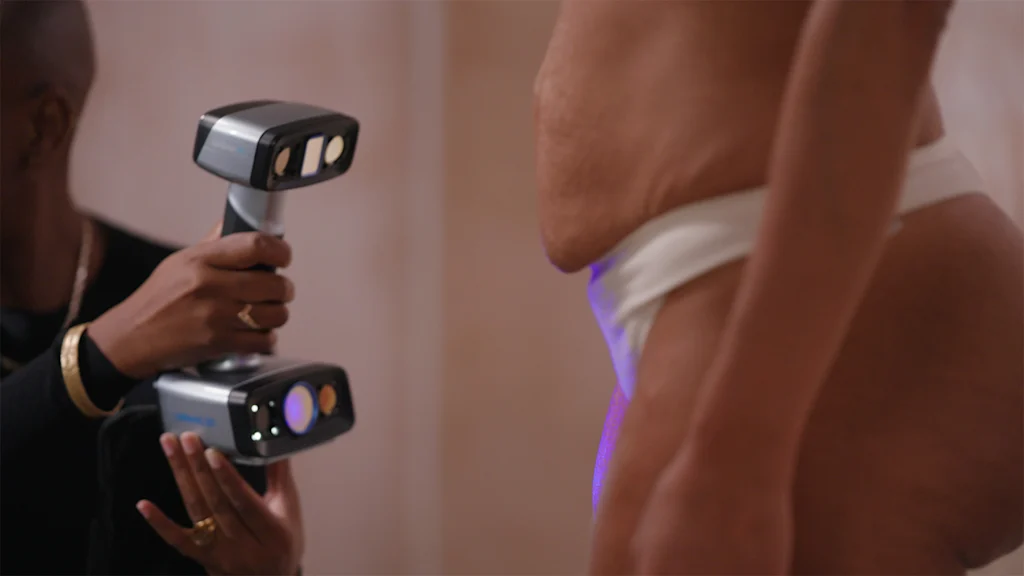
D’Clark chose to make the sculpture out of bronze, which accentuates creases and folds on the skin. “Some of my favorite details of the piece [are] the linea nigra, messy bun, and the texture of Frida’s postpartum pants, which became an iconic marker of this collaboration,” D’Clark says.
Hirschhorn was particularly moved by the stance that the woman in the statue is taking, with one hand on her hip. “There’s a coexistence of strength and fragility,” she says. “Her fingers are facing forward in a position of confidence and surety, or perhaps exhaustion.”
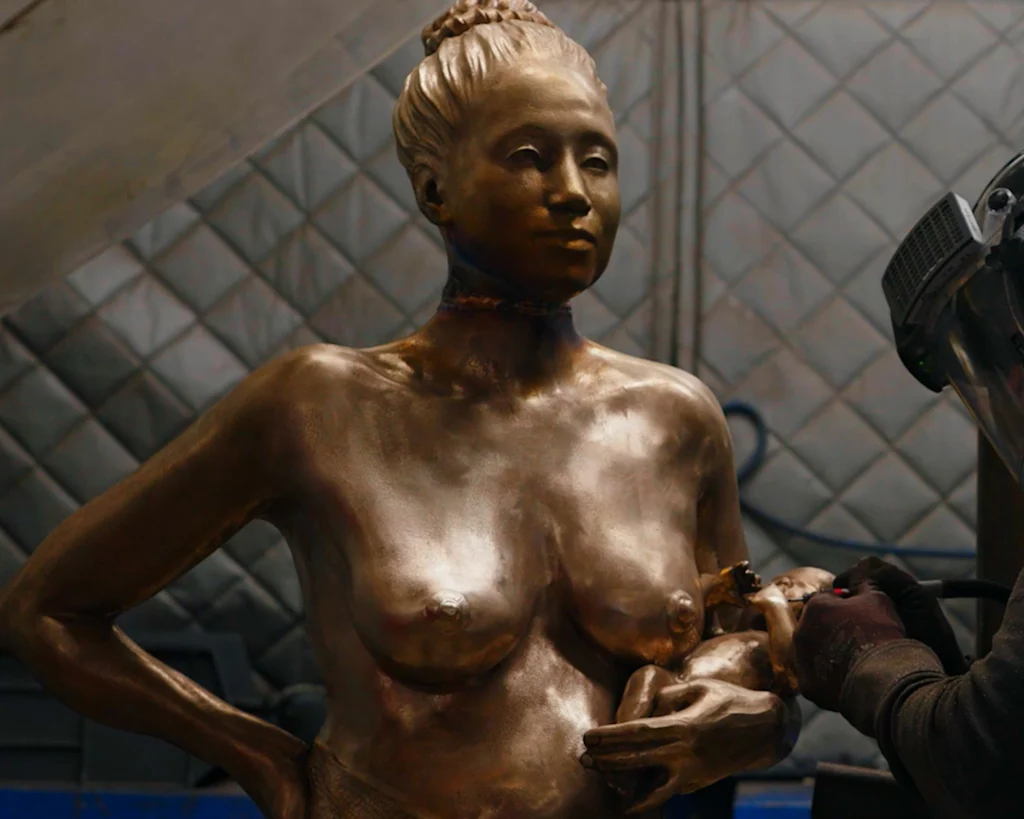
Mother Vérité now stands at the steps of the Lindo Wing in the same spot where Princess Diana stood, reflecting another aspect of the postpartum experience. “We’re not denigrating the experience of announcing a birth in this way,” Hirschhorn clarifies. “But we’re juxtaposing it with a slightly more authentic and realistic portrayal of a woman’s physical transition into motherhood.”
For D’Clark, it’s important that the statue is displayed publicly, alongside the many statues that grace London. “Public project and powerful storytelling are vital to visualizing overlooked narratives and building empathy in our cities,” she says.